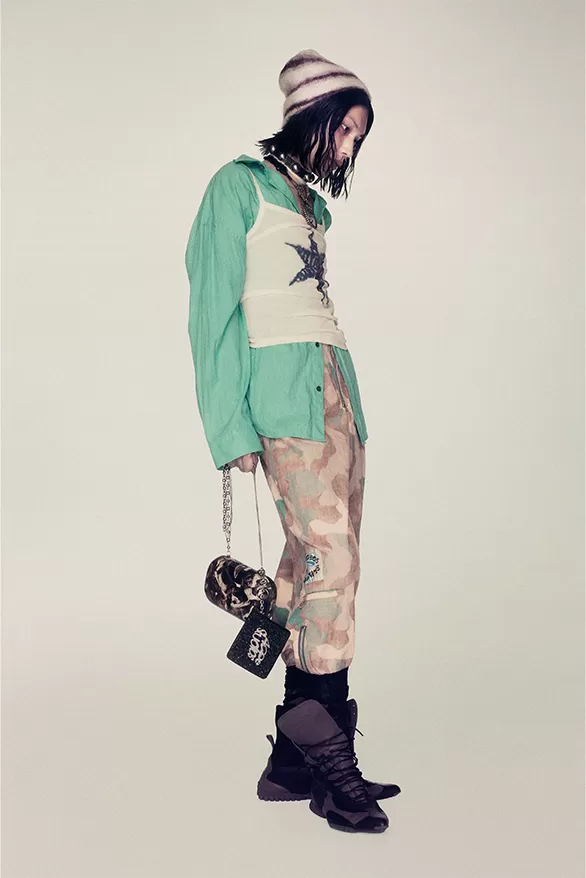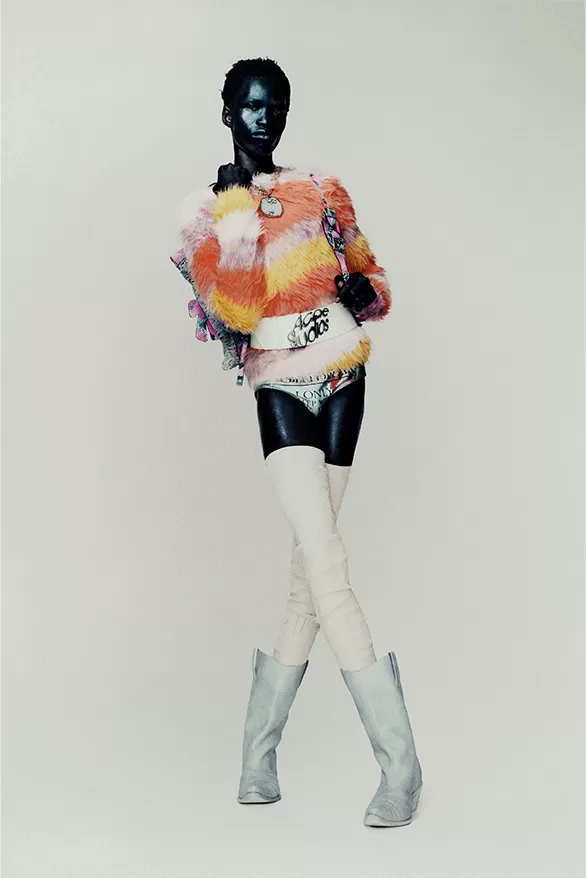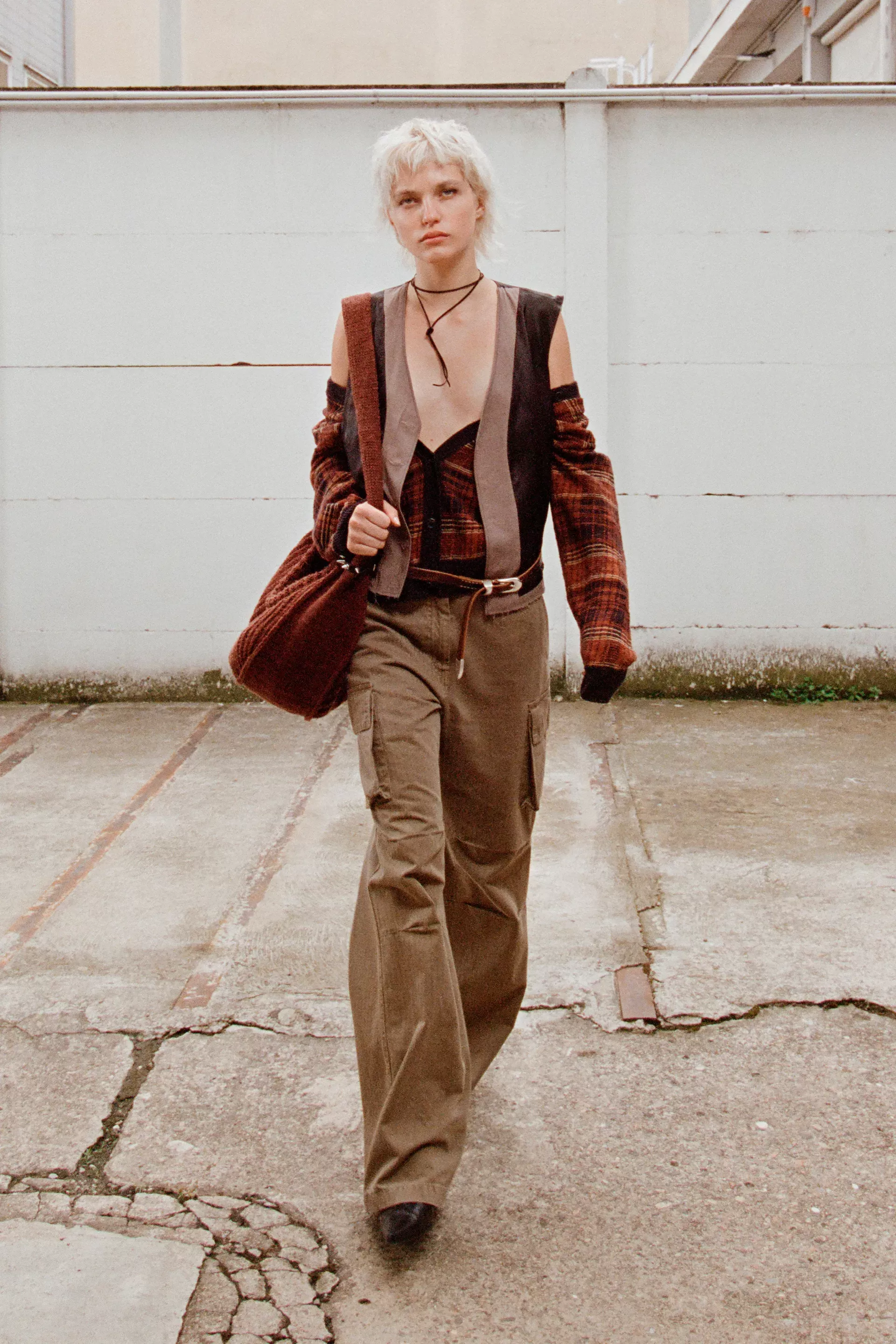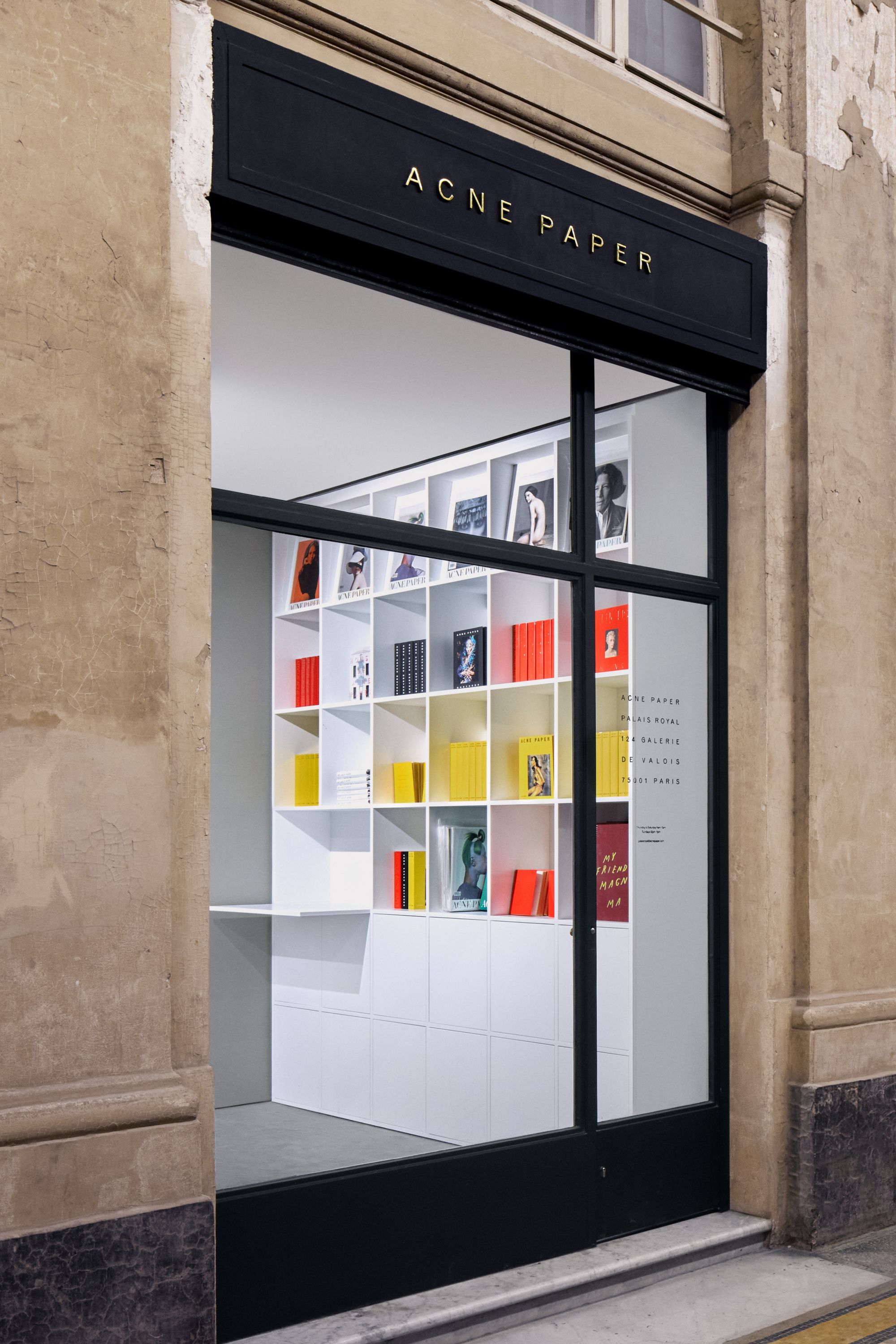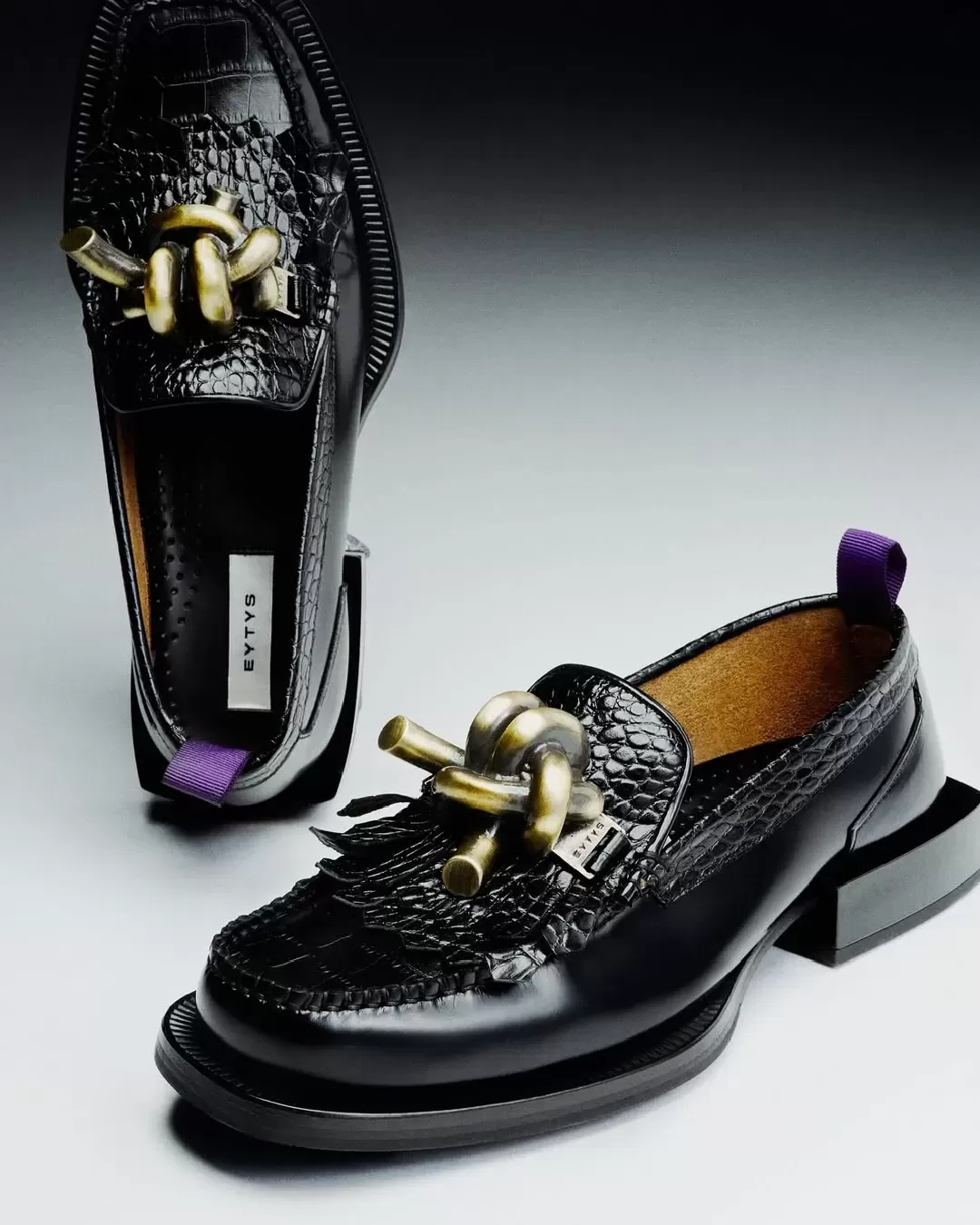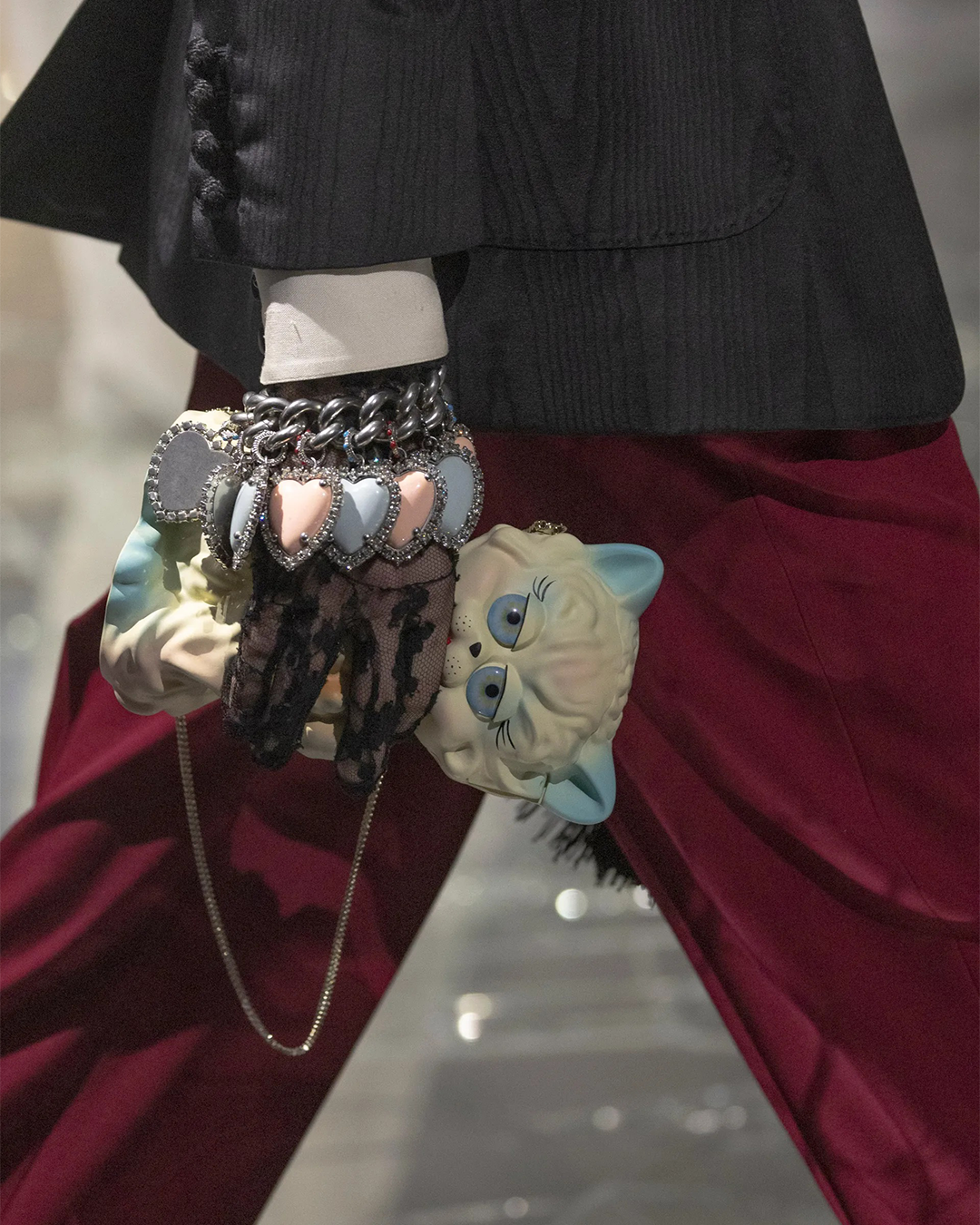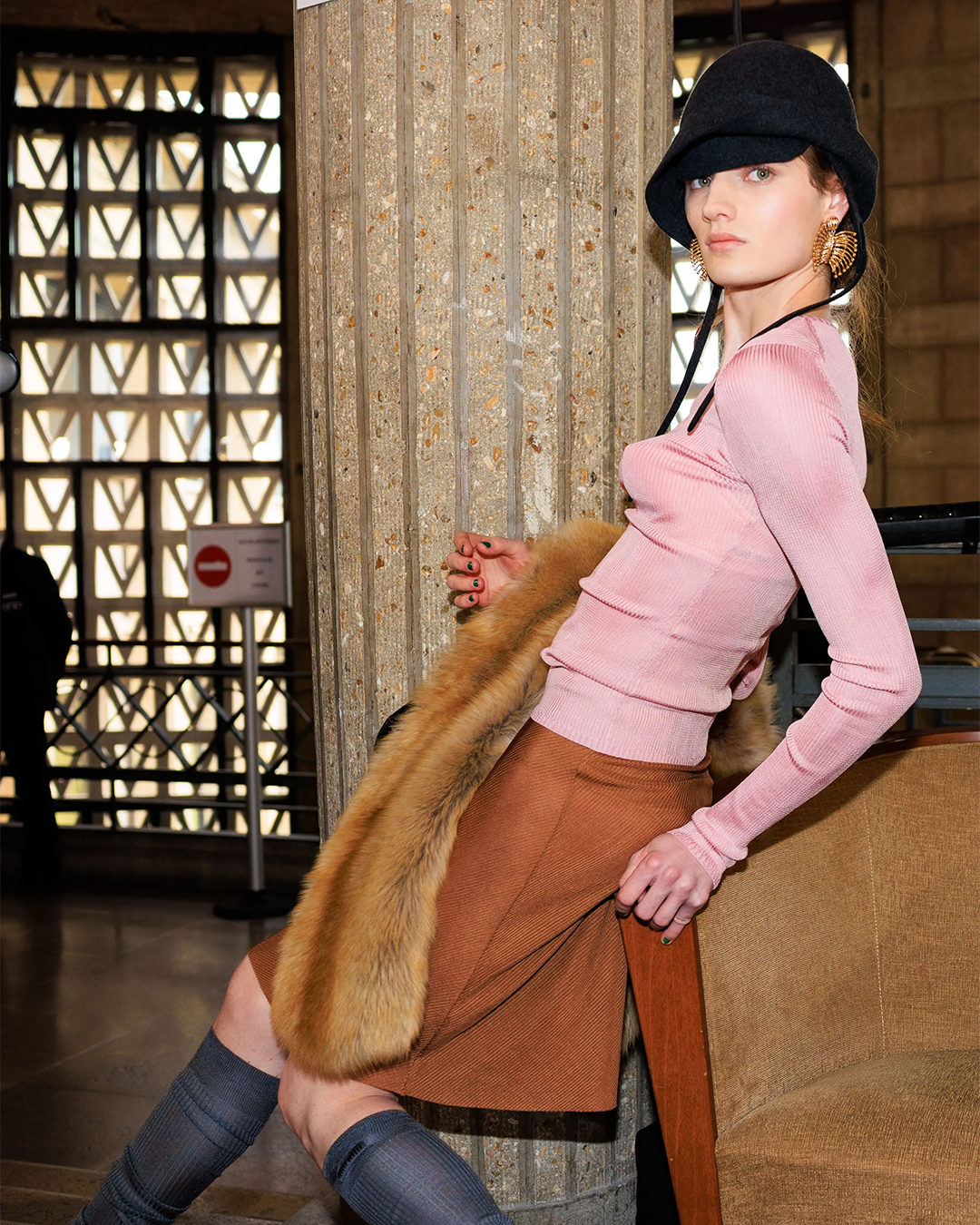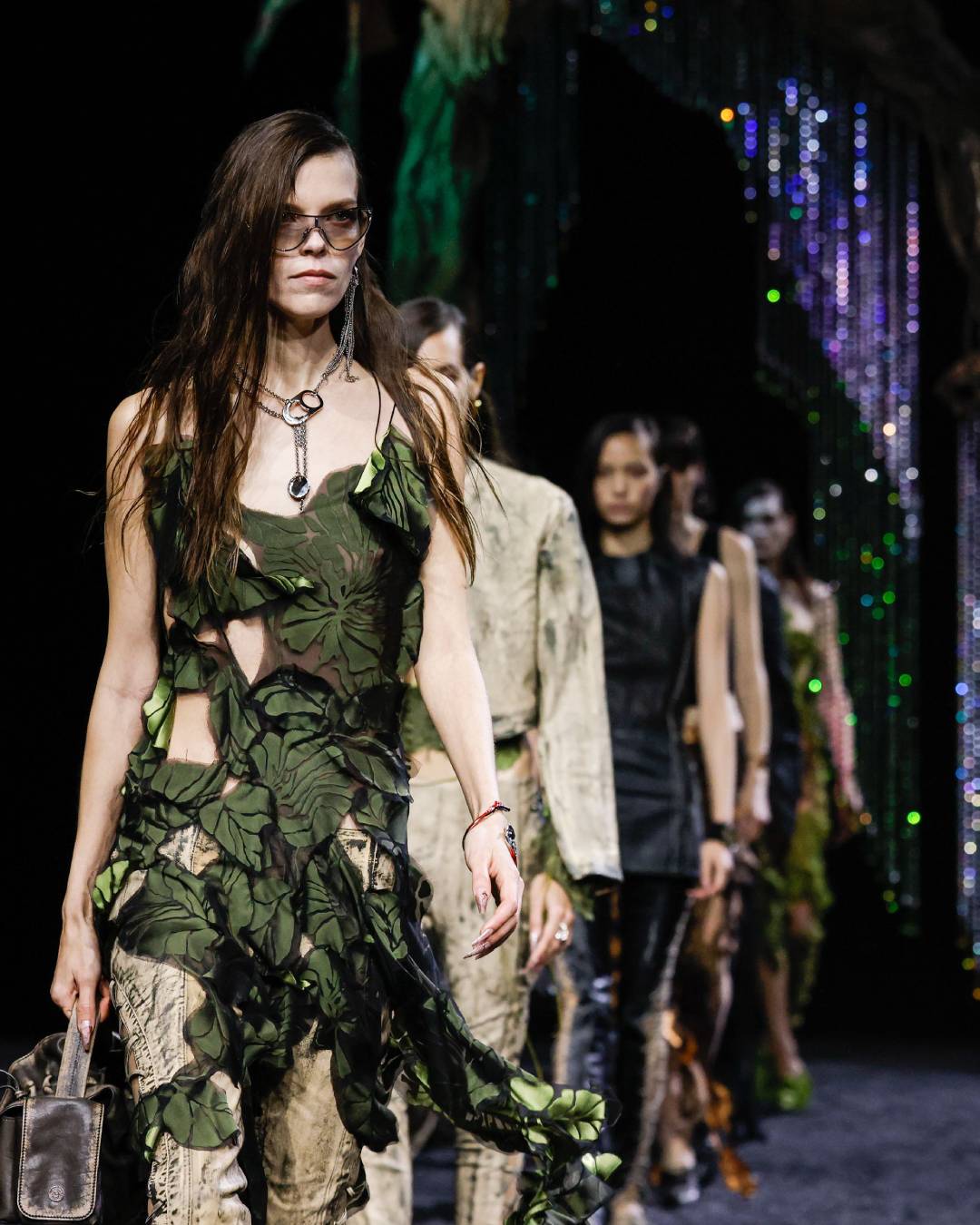
What happened to Scandinavian minimalism? A single term is no longer sufficient to encompass such diverse directions
Scandinavian fashion has long been associated with minimalist design, muted colors, clean lines, and a focus on functionality. However, in light of Paris Men's Fashion Week SS24, several signals indicate that the current representation of Scandinavian fashion on the international scene may no longer align with its original blueprint, and that the use of a single term is no longer sufficient to encompass such diverse designs. What if Scandinavian fashion has drifted away from reality? What if it is no longer faithful to our expectations?
Today, trajectories within the broad term "Scandinavian fashion" are numerous. Acne Studios recently debuted the Grand Tour collection, inspired by the 17th century and the experimentation of a tourist wardrobe renewal. Derived from Creative Director Jonny Johansson's travel experience to Venice, the collection includes form-fitting leggings, soccer jerseys, and furry sweaters in vibrant and contrasting colors. This is definitely a deviation from Scandinavian minimalism, positioning the brand beyond the boundaries it had already sought to surpass in recent seasons. In the same spectrum, we find brands like HOPE, Won Hundred, and Our Legacy. The latter, in particular, has incorporated graphics from Japanese horror films, extensive layering, deep V-necklines paired with robust metal necklaces for SS24. These maximalist details, however, blend with monochromatic tones of dusty browns, beige, and plenty of black. The nuances and emphasis on functionality, emphasized by the collection's name, Snow In April, allow us to attribute Our Legacy to Scandinavian fashion, albeit with some deviations. (di)vision, a young Danish brand that has climbed the peaks of Nordic fashion with upcycled garments and a sustainable approach, presents a Y2K language, a more modern and vibrant interpretation of the Scandinavian trend. Local brands are evolving towards more personal languages while still maintaining an attention to functionality and minimalism that have made them famous worldwide.
Within this spectrum, we still find brands that place greater emphasis on simplicity. Filippa K's SS24 collection captures the essence of the '90s, focusing on relaxed tailoring, sportswear, denim, and incorporating pieces that evoke summers in Finland, such as swimsuits, nylon parkas, cashmere sweaters, and clogs. Overall, it's a much more minimalist and less challenging expression of the scandi-chic trend. Functionality and clean lines are also key aspects in Berner Kühl's A Habitual Man collection, featuring impeccably tailored single-button blazers, silk shirts, and practical shorts. The uniformity of the garments, accentuated by a dense color palette in which the pervasive use of red stands out, gives the aesthetic a lightness while also imbuing it with depth and fullness. Outside of this spectrum, we find PLN and Vain, two new players on the scene. Both will showcase their Spring/Summer collections during the upcoming Copenhagen Fashion Week in August. PLN is a highly personal project that, through the reinterpretation of European punk culture, cultivates an unprecedented experiment for Scandinavian fashion. Vain, on the other hand, has made a name for itself through notable collaborations, including McDonald's, and upcycled collections made from old work uniforms. Through experimental design and a narrative inspired by subcultures, these two brands are an absolute novelty for the Scandinavian scene.
In light of such a diverse and dynamic landscape, where actors often deviate from expectations, it is natural to wonder if the definition of "Scandinavian fashion" is limiting or if it should evolve to take on a new meaning, in order to recognize and fully appreciate all the facets that the scene truly encompasses. It is essential to firmly define what the term means in a broader sense to encourage independent design languages within an ever-expanding repository.











































